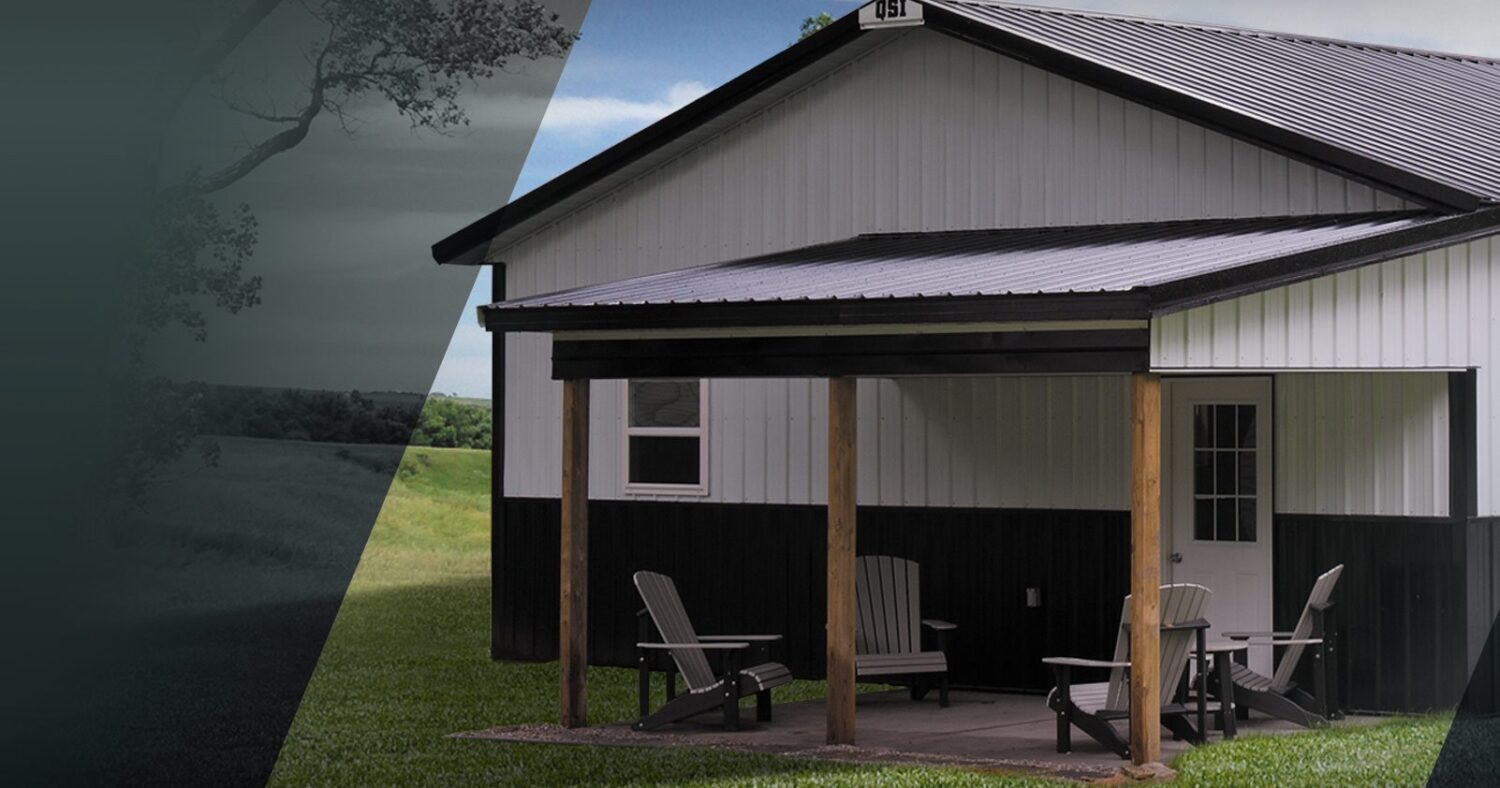
Planning Ahead: What to Know About Site Prep Before You Build

A successful project doesn’t start with steel and trusses—it starts with solid ground.
Site prep is one of the most overlooked steps in the building process, but it’s also one of the most important. A site that’s just a few inches off level can lead to drainage issues, door alignment problems, added material costs, and delays you didn’t budget for.
At QSI, we work with customers to get ahead of those problems early—so the build goes smoothly from the ground up.
Why Site Prep Matters
Before any materials arrive, the ground has to be ready. It’s easy to assume a site is “flat enough” or that small issues can be handled later. But a post-frame building is only as good as the pad it sits on.
Even a few inches off level can throw off the entire layout—causing water to pool where it shouldn’t, doors to stick or shift, or your foundation to settle unevenly over time.
Vegetation must be fully removed from the building area. Leftover roots and organic material will decompose, leading to soft spots and settling that can compromise the structure.
Taking the time to get it right upfront gives the structure a solid, compacted base that’s built to last.
How Level is “Level”?
In construction, precision matters. A well-prepped site should be no more than 2 inches off level across the entire pad. That may sound like a small detail, but across 30 or 40 feet, it makes a big difference.
Contractors don’t just glance at the site and call it good—they look for subtle issues that can cause big problems later. A proper evaluation will include:
- Low areas that could hold water
- Loose or uncompact soil
- Poor drainage or runoff direction
- Equipment and material access
How Much Space Around the Building is Needed?
The pad needs to be at least 4 feet larger than the building on all sides. That means a 30′×40′ building calls for a pad that’s 38′×48′.
This buffer gives crews room to work safely and reduces the chance of runoff problems during or after the build. It also makes final grading much easier once construction is done.
Who Handles the Site Prep?
QSI offers excavation services in some areas and also supports customers who choose to work with a local contractor they already know. The goal is the same either way: a well-prepped, properly compacted site that’s ready when construction begins.
Proper soil selection and compaction are especially important if concrete will be added later. The best material for a building pad is typically a clean, well-graded fill such as clay-based soil or a clay-gravel mix that compacts tightly and resists moisture. Topsoil, organic material, or loose, sandy soil should be removed or replaced, as it can shift, settle, or retain moisture under the structure.
Without a stable base, concrete slabs can crack or settle unevenly over time. QSI has seen cases where under-compacted pads allowed the weight of the concrete to press the ground downward, creating voids underneath and causing the slab to belly out. These issues are preventable with the right materials and a properly compacted site.
After the Build: Final Grading
Once the building is up, the customer may need to complete final grading around the structure—especially if gravel, paving, or landscaping is planned. QSI is happy to answer questions or offer guidance on how to finish out the site for long-term performance.
Start with a Solid Plan
A well-prepped site lays the groundwork for a smooth build. QSI works with every customer to make sure the project gets off on the right foot—and stays on track from start to finish.
Call 800-374-6988 or start your project online at www.qualitystructures.com/start-your-project